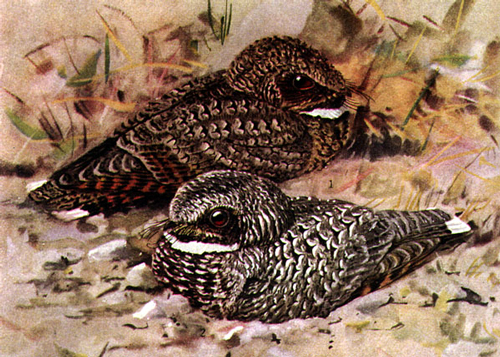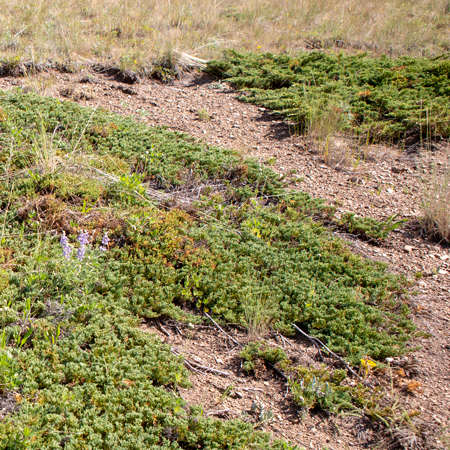Above Beaver Creek, ND The expedition struggles fourteen river miles passing countless sandbars. They see the Indians killing pronghorns, and the Indians make merry the greater part of the night. Elsewhere, the Hunter and Dunbar Expedition sets out.
Abandoned Cheyenne Village
a little above our Camp on the L. S. passed an old Shyenne [Cheyenne] Village, which appears to have been Serounded with a wall of earth; this is the retreat & first Stand of this nation after being reduced by the Sioux and drove from their Countrey on the heads of red River of L Winipic where they Cultivated the lands—
—William Clark
“Goat” Hunters
Saw the [Arikara] boys in the water Swiming amongst the goats [pronghorns] & Killing them with Sticks, and then hauling them to the Shore those on Shore Kept them in the water, I saw 58 Killed in this way
—William Clark
Merry Indians
many Indians came to the boat to See, Some Came across late at night, as they approach they hollowed and Sung, after Staying a Short time 2 went for Some meat, and returned in a Short time with fresh & Dried Buffalow, also goat, those Indians Strayed all night, They Sung and was verry merry the greater part of the night
—William Clark
Common Poorwill Specimen
This day took a small bird alive of the order of the [blank] or goat suckers
the recarees call this bird to’-na it’s note is at-tah-to’-nah’; at-tah’to’-nah’; to-nah, a nocturnal bird, sings only in the night as does the whipperwill.—
—Meriwether Lewis
Hunter and Dunbar Expedition Begins
On the 16th Octr. 1804, when we had dropped down the Mississipi as far as St. Catherines Creek which is 15 miles below Natchez about 1 p.m. Wm. Dunbar Esqr. came on board, & in about two hours we set sail & proceeded a short distance when the wind came ahead, we then took to our Oars & a little before sunset en-camped on an island on the west side of the Mississipi about twenty four miles below Natchez, where we staid ail night, it rained and blew with the wind from the Northeast the first part of the night, & grew very cold, the other part was clear.
—George Hunter
The Hunter and Dunbar Expedition would explore the Ouachita (WAH-shi-tah River, a tributary of the Red.
Creeping Juniper
Juniperus horizontalis
© 1 July 2015, Lewis and Clark Pass, by Kristopher K. Townsend. Permission to use granted under the Creative Commons Attribution-Share Alike 4.0 International license.
Creeping Juniper Specimen
Dwarf Cedar, never more than 6 inches high, open prairies. Octbr: 16, 1804
—Meriwether Lewis[1]Juniperus horizontalis, Moulton, ed. Herbarium, specimen 84.
Weather Diary
Thermot. at rise
Weather Wind at rise
thermotr. at 4 P.M. Weather Wind at 4 oC P.M. 45 cloudy N. E 50 fair N. E. —Meriwether Lewis[2]To assist the reader, the editor of this web page has omitted the “day of the month” column and spelled out some abbreviations.


